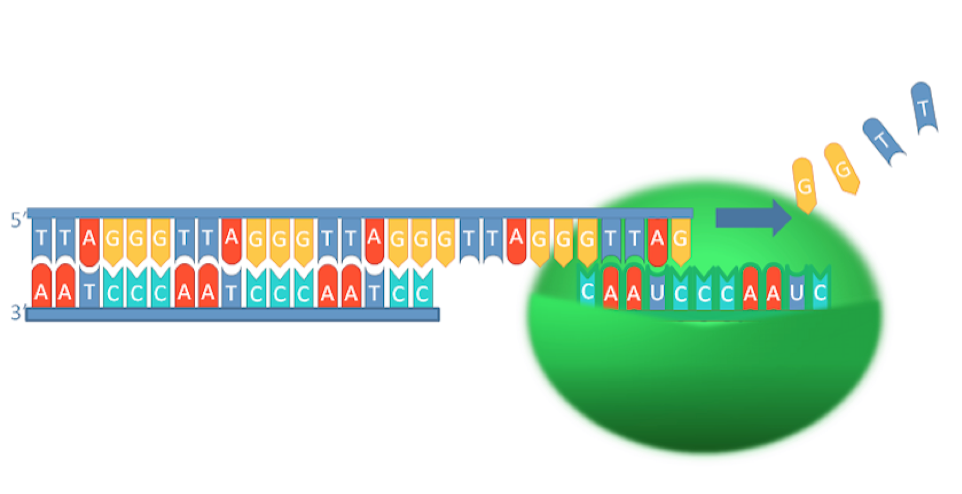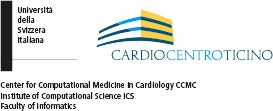
Extensive computer simulations investigate TPP1-TERT protein-protein interaction
Computer simulations have increased over the years their role in biology assisting experiments in the investigation and rationalisation of many cellular functions. Using the recent advances in atomistic and multiscale simulations we are now in the position to deal with complicated molecular processes such as the telomeric maintenance mechanism. Telomeres are an ensemble of proteins, noncoding DNA and RNA that protects chromosome ends from degradation and end fusions, thus being crucial for cell life span. In cancer cells the telomeric DNA length is preserved through a series of concerted mechanisms that ensure cellular immortality. As part of this machinery the telomerase enzyme (TERT) adds polynucleotide sequences at the end of telomeric DNA, thus preserving its length. This enzyme is assisted by several regulatory proteins, among these the shelterin complex protein TPP1 plays a major role. Blocking the elongation of DNA in cancer cells represents an attractive anticancer strategy and to do so a clever way might be to interfere with the molecular interaction between TPP1 and TERT. In fact, the TERT binding region of TPP1 has been recently identified and named TEL patch. However, a complete understanding of the molecular interaction between TPP1 and TERT remains elusive. Here, using the recent methodological advances achieved in our group, we propose to combine standard and advanced computations (docking, atomistic and coarse-grained molecular dynamics, metadynamics etc.) to design the first TPP1/TERT binding inhibitors and to provide a comprehensive characterisation of the binding mechanism between TPP1 and TERT. 1) In the first task, we will carry out structure-based drug design studies targeting the TEL patch of TPP1. We will develop ligands able to bind the TEL patch thus competing with TERT for the interaction with TPP1. Pharmacological assays will validate our hypothesis demonstrating also if these compounds are able to block the telomeric DNA elongation showing antitumor effects. 2) In the second task, we will use atomistic and coarse-grained simulations to investigate the molecular binding between TPP1 and TERT. Our calculations will allow estimating the free energy landscape of this protein/protein binding interaction and identifying the interacting regions on the two proteins as well as the specific aminoacids involved in the binding. The results gathered from the present proposal will contribute significantly to the progress of cancer research disclosing important molecular aspects of the telomere functional mechanism and developing an arsenal of new compounds with potential antitumor properties.
Prof. Dr. Vittorio Limongelli; ; PI; ICS
PhD Simone Aureli; ; ICS
SNSF;




